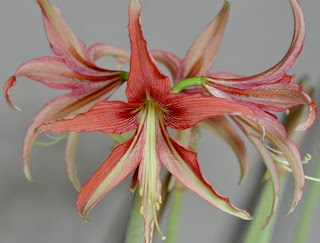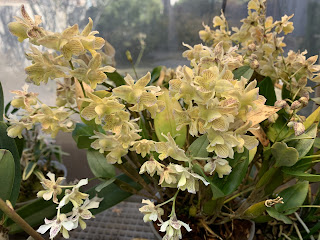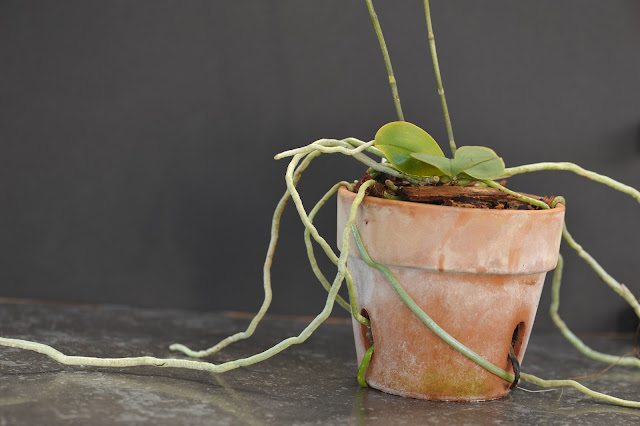 |
| The collection of leaves among the base of the aster stalks from last season |
I’m being a messy gardener this year. Recently I read in a magazine a comment from a renowned gardener who, when asked what he wished he could get gardeners to stop doing, said something like “Stop using wood mulch. Plants didn’t evolve to grow in wood chips. Wood chips don’t occur in the wild. Plants evolved to grow in their own waste.” It’s a fascinating truism that has stuck with me. Trees shed their leaves, which form a layer of mulch, which holds in moisture, and decomposes adding nutrients to the soil, which the trees can re-use. Can you imagine how that could apply to humans? Could we thrive in our own bodily waste? I think not. Our bodily waste has to go into another system to be re-used, and that is the world of plants. Plants other than trees do the same thing, particularly the perennials. They shed leaves, flowers, stems, and these accumulate under the plants year after year. So this year, I’m not cutting back my perennials quite as neatly. I’m leaving the accumulated duff under them, as well as the leaves that have blown into them. It’s natural after all. But there is some fallacy to this theory. Plants have evolved to live in their own waste, and wood chips don’t occur in the wild. Cultivated plants aren’t in the wild. They were bred (a form of enhanced evolution), to live in a garden (by definition, not the wild). So in a sense, their recent evolution was to live not in their own waste, but in a mulch of wood chips. I’ve read that leaving a plant’s own debris allows diseases to overwinter and to damage the plants the following year. This includes insects. I’ve also read that leaving a plant’s own debris allows for overwintering of beneficial insects, which will reduce the harmful insects in the following year. There is probably some truth to both statements, neither of which are likely true on their own. I suspect that there are both beneficial and harmful insects overwintering. The beneficial insects might even be surviving through the winter by eating some of their overwintering prey.
















































